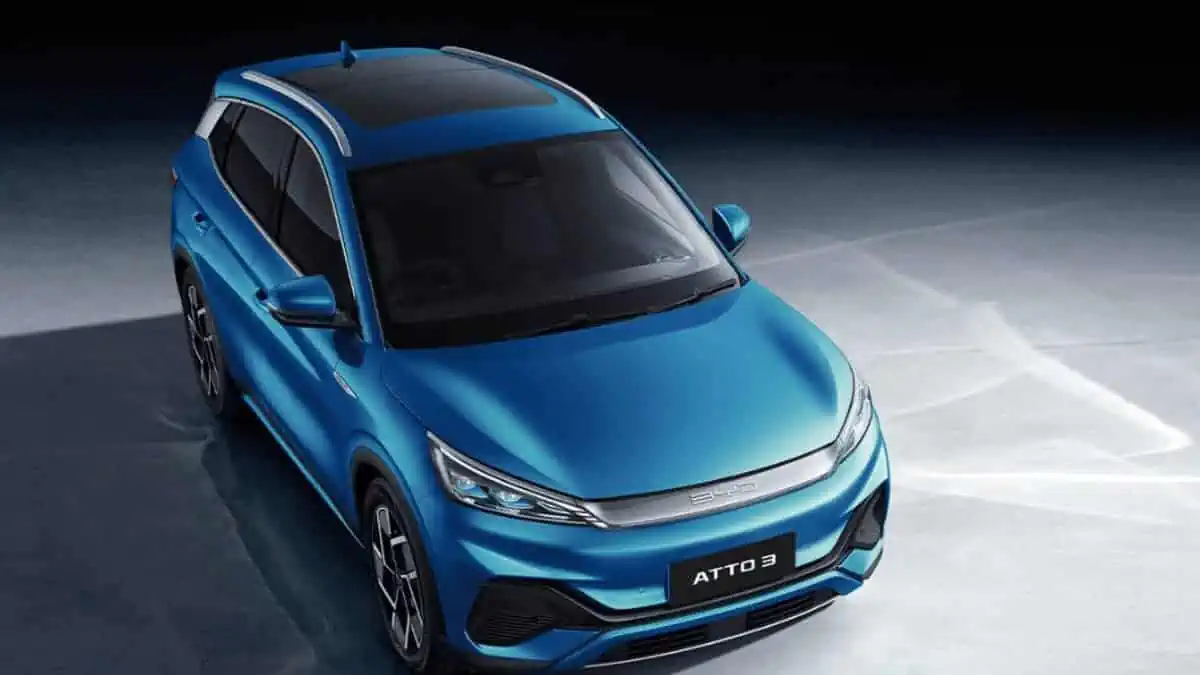Chinese battery giant CATL is trying to court a dozen original equipment manufacturers (OEMs) about licensing its cutting-edge technology as it seeks to defend its leading position in the global industry.
LRS partnership model
CATL has negotiated with about twelve electric automakers for a License Royalty Service (LRS) cooperation model, CnEVPost reports, citing a company spokesperson.
CATL aims to offer its technology, aid factory development, and provide operation services to assist electric automakers in advancing their battery production capacities.
While OEMs benefit from innovative tech and new knowledge in battery production, CATL unlocks a new revenue stream and expansion prospects.
“CATL is committed to supporting the global transition to new energy sources with advanced technologies and products, and is actively exploring multiple collaboration models with global partners.”
CATL spokesperson
In hindsight, local media LatePost reported in late March that CATL was negotiating with American legacy automaker GM for an LRS model collaboration. The two major players apparently plan to co-develop an LFP battery factory in North America.
However, the CATL spokesperson disclosed that Ford’s Marshall factory is the one that achieved significant progress in the ongoing talks.
CATL prepares for expected surge in EV demand
According to the CATL spokesperson, electric vehicle battery’s “effective production capacity is still limited.” Therefore, the company is preparing for the expected surge of electric vehicle demand as the world accelerates its sustainability push.
“As the world steps up its efforts to combat climate change, there is still huge market growth potential. e.g. about 16.7 million passenger EVs are expected to be sold globally in 2024, BNEF projects. High-quality and effective production capacity is still limited.
What is more, a large number of announced plants have not been implemented, and it is unclear if announced capacity will actually be achieved.”
CATL spokesperson
CATL’s under construction factories will aid the company to satisfy the increasing demand of its customers and the market. It plans to launch more cost-effective products with innovative tech to accelerate the world’s shift to clean mobility.
CATL explores second-gen sodium batteries
CATL contends that expanding its battery portfolio with innovative chemistries, including solid-state batteries, sodium batteries, etc., will further solidify its dominance in the global market.
CATL was among the first battery makers in China to explore sodium-ion batteries.
In hindsight, it introduced its first-gen sodium-ion batteries with a groundbreaking 160 Wh/kg energy density on July 29, 2021. It can charge up to 80% in just 15 minutes at room temperature. It also boasts a more than 90% discharge retention rate even at low temperatures of -20°C.
However, CATL forecasts the cost advantage of sodium-ion batteries to decline as lithium carbonate prices fall.
Therefore, the company believes that its second-gen sodium-ion batteries will enable the low-cost batteries to still do their job.
CATL is developing its next-gen sodium batteries that would not ultimately replace li-ion batteries. However, the company expects it to shine in a wide range of applications.
“CATL has developed the AB battery pack solution. By combining sodium-ion batteries with lithium-ion batteries in the same pack, the inadequate energy density of sodium-ion batteries at this stage can be made up, and the advantages of sodium-ion batteries in good performance under large powers and low temperatures can be brought into play, and hence more application scenarios can be developed.
Meanwhile, we are developing our second-generation sodium-ion batteries with energy density of 200 Wh/kg, and will provide updates as the situation progresses.”
CATL spokesperson
All that said, the LRS partnership model will significantly aid automakers in accelerating their battery production with minimal involvement by CATL. It would undoubtedly stimulate groundbreaking innovations, considering that many of the most practical battery technologies in recent memory come from the Chinese battery giant.






